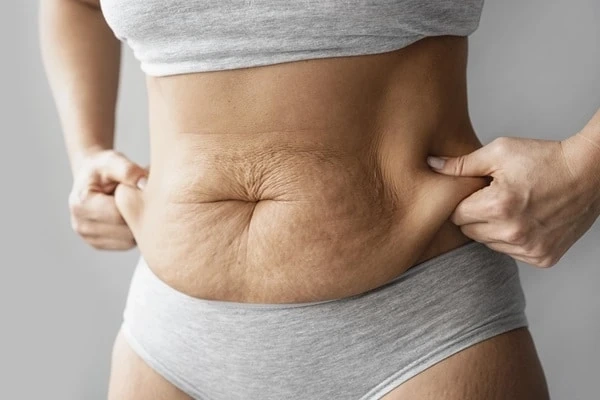Stretch marks, also known as striae, are a common skin concern that many individuals face at some point in their lives. These visible lines on the skin can be a source of insecurity for some, but understanding their causes and available treatments can help manage and even reduce their appearance. In this blog post, we\'ll explore the common causes of stretch marks, and the body parts usually affected, and delve into the various treatments available in Singapore, ranging from professional procedures to home remedies.
What Causes Stretch Marks?
Stretch marks occur when the skin undergoes rapid stretching, leading to the breakdown of the collagen and elastin fibers that support the skin\'s structure. Here are the several factors which contribute to the development of stretch marks:
Pregnancy: About 50 to 90% of women worldwide face a problem during this stage of life. One of the most common causes of stretch marks is the rapid growth of the abdomen during pregnancy. Stretch marks may also appear on the breasts, hips, and thighs.
Puberty: Adolescents often experience growth spurts during puberty, leading to rapid stretching of the skin. This can result in stretch marks on areas such as the thighs, buttocks, and hips.
Weight Fluctuations: Rapid weight gain or loss can cause the skin to stretch or shrink suddenly, leading to the development of stretch marks on various body parts.
Genetics: Some individuals are more genetically predisposed to developing stretch marks. If your parents or siblings have them, you may be more likely to experience them as well.
Corticosteroid Use: Prolonged use of corticosteroid medications can reduce the skin\'s collagen levels, making it more susceptible to stretch marks.
Common Areas for Stretch Marks:
Stretch marks can appear on several areas of the body, with the most common locations being:
Abdomen
Breasts
Hips
Thighs
Buttocks
Upper arms
Stretch Marks Treatments in Singapore:
Depending on the condition of the stretches the treatment severity is defined. In the early stage of stretches the colour remains purple and pink which after time turns to white which is likely hard to remove with easy-going treatment.
Singapore offers a range of treatments provided by dermatologists and skincare professionals. Some of the popular options include:
Topical Treatments: Creams, lotions, and oils containing ingredients like retinoids, hyaluronic acid, and vitamin E can be applied to improve skin elasticity and reduce the appearance of stretch marks.
Laser Therapy: Laser treatments, such as fractional laser therapy, stimulate collagen production and help to fade stretch marks. These procedures are usually performed by qualified dermatologists.
Microdermabrasion: This non-invasive procedure involves exfoliating the skin\'s outer layer, promoting the growth of new, healthier skin and reducing the appearance of stretch marks.
Stretch Marks & Scar Plasma Treatment: This treatment tightens the over-stretched skin by inducing collagen production in the damaged area, reducing the appearance of stretch marks. The process stimulates new collagen production (neocollagenesis) and activates essential proteins and growth factors, leading to the creation of more collagen and ultimately helping the skin blend in with the surrounding tissue.
This approach offers a promising solution for those looking to reduce the visibility of stretch marks and achieve tighter skin.
Home Remedies for Stretch Marks:
In addition to professional treatments, several home remedies may help reduce the visibility of stretch marks:
Moisturize: Keeping the skin well-hydrated with moisturizers and oils can improve elasticity and reduce the appearance of stretch marks.
Aloe Vera Gel: Aloe vera has soothing properties and may aid in the healing of stretch marks. Applying pure aloe vera gel to affected areas can be beneficial.
Egg Whites: Rich in proteins and amino acids, egg whites can be applied to the skin to promote tissue repair and collagen production.
Hyaluronic Acid: Some over-the-counter products contain hyaluronic acid, which can help hydrate the skin and improve its texture.
Food Source: A well-balanced diet that includes a variety of nutrients like vitamins A, C, D, E and Zinc is crucial for overall skin health. Additionally, staying hydrated by drinking enough water is essential for skin elasticity and may contribute to minimizing the appearance of stretch marks.
Conclusion:
While it may be challenging to completely eliminate stretch marks, understanding their causes and exploring various treatments can significantly reduce their appearance. Whether you opt for professional treatments in Singapore or try home remedies, consistency is key. Embracing your body and taking proactive steps to care for your skin can lead to improved confidence and overall skin health.



